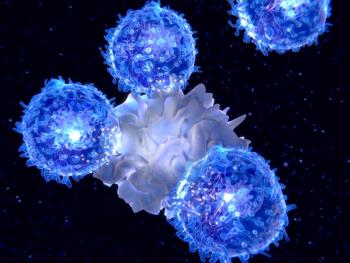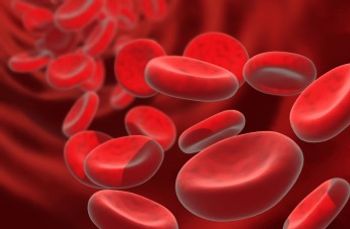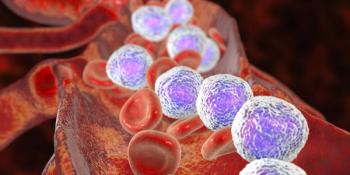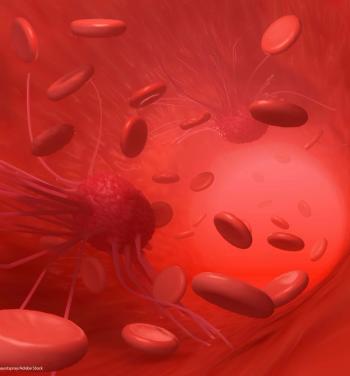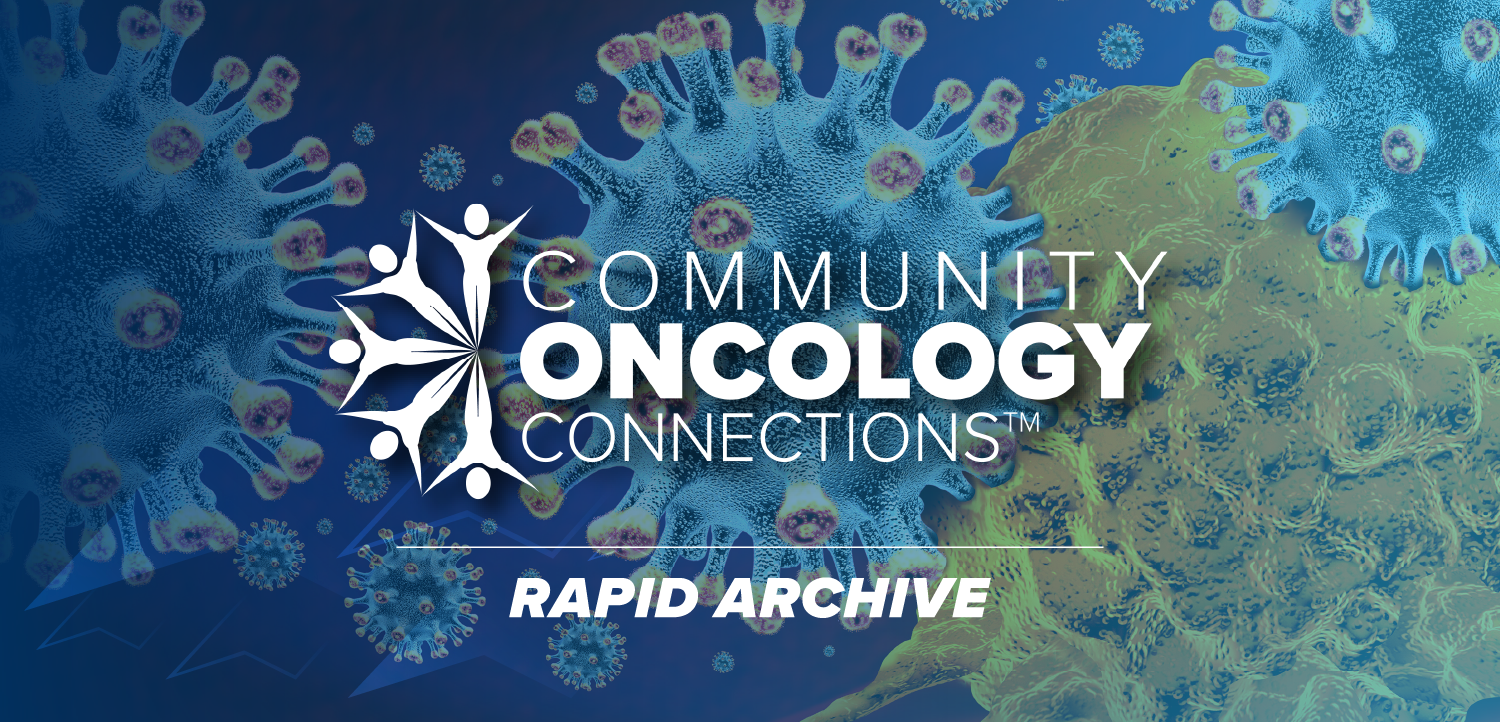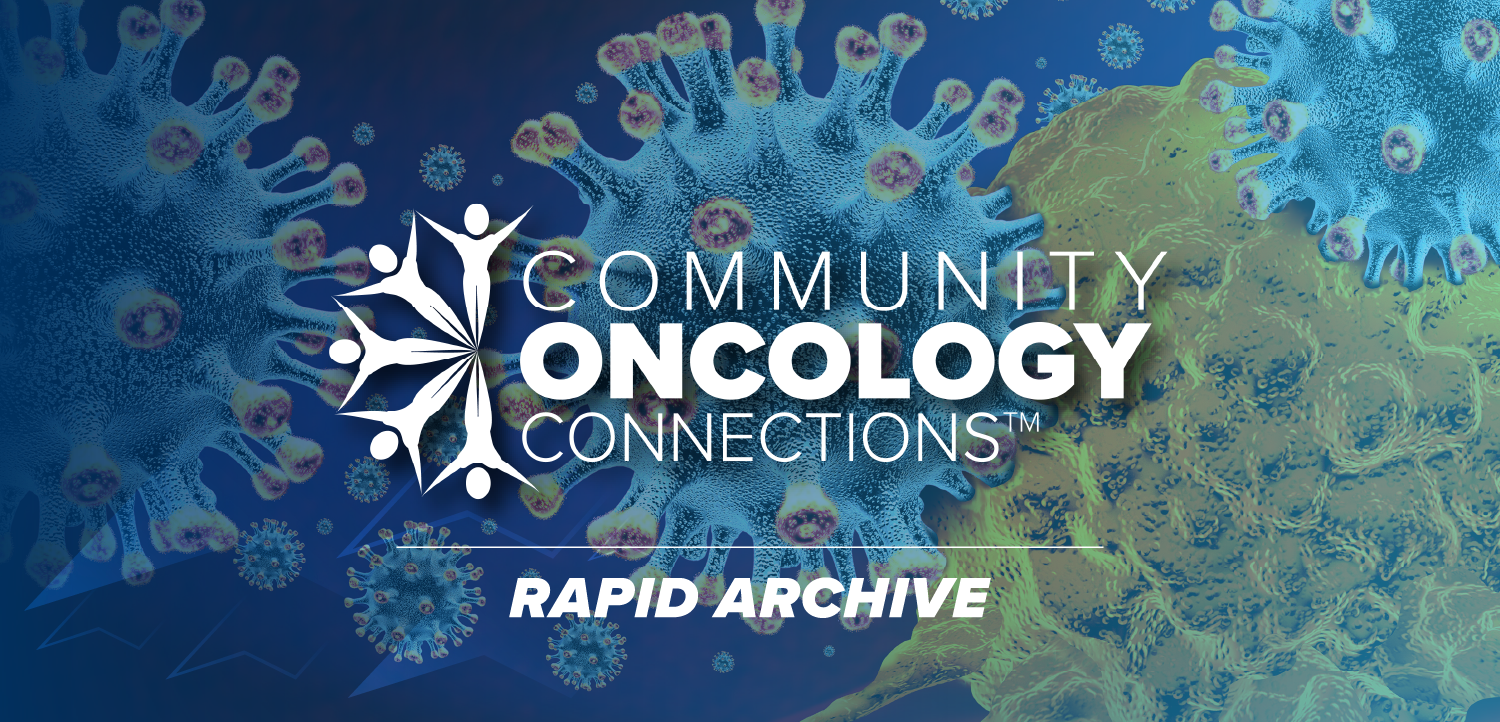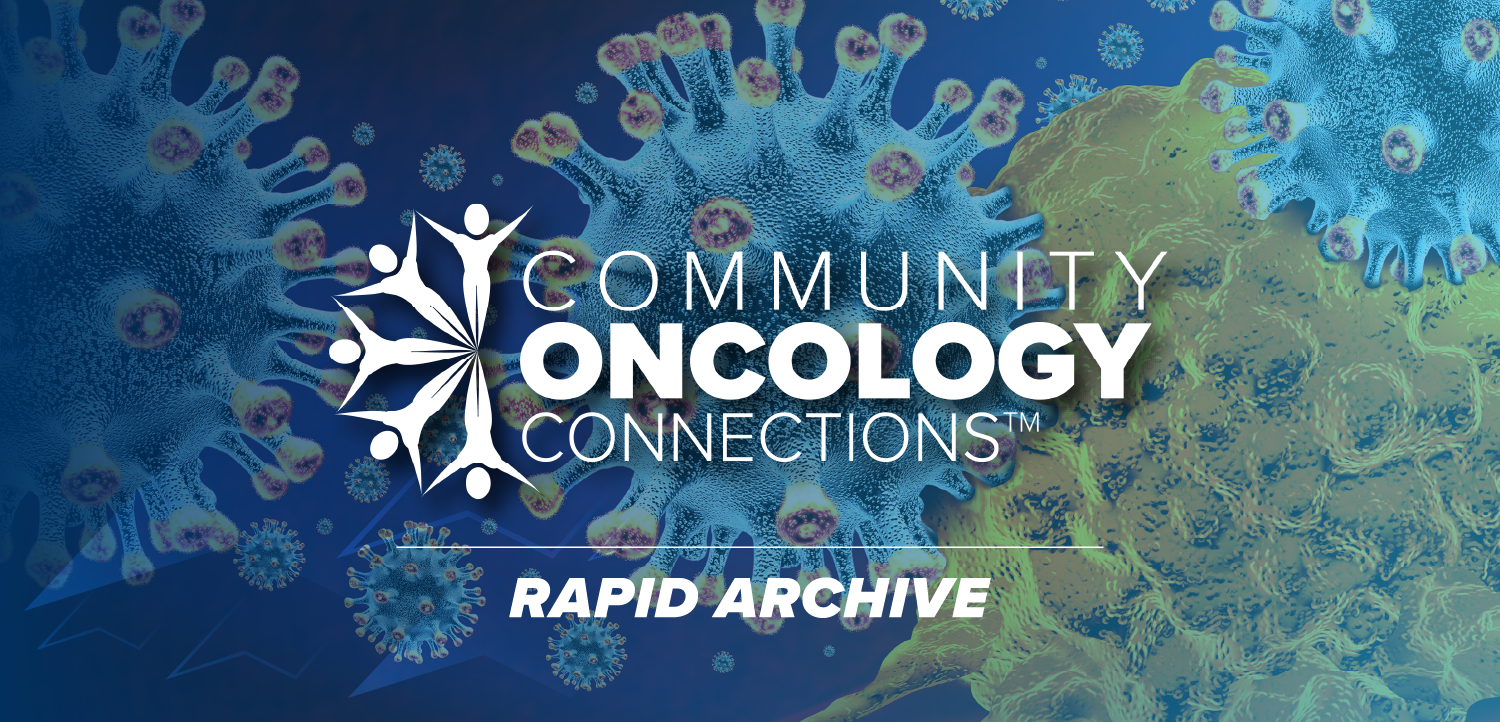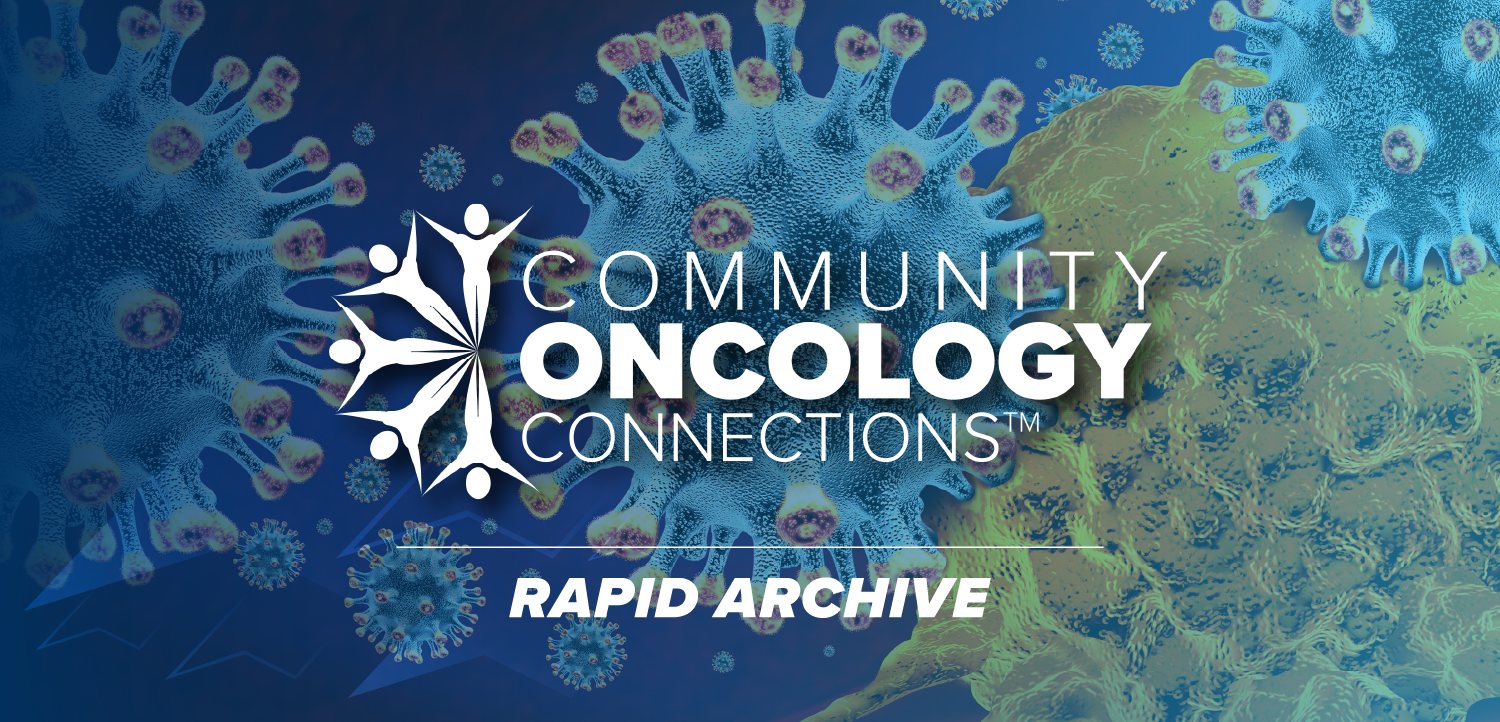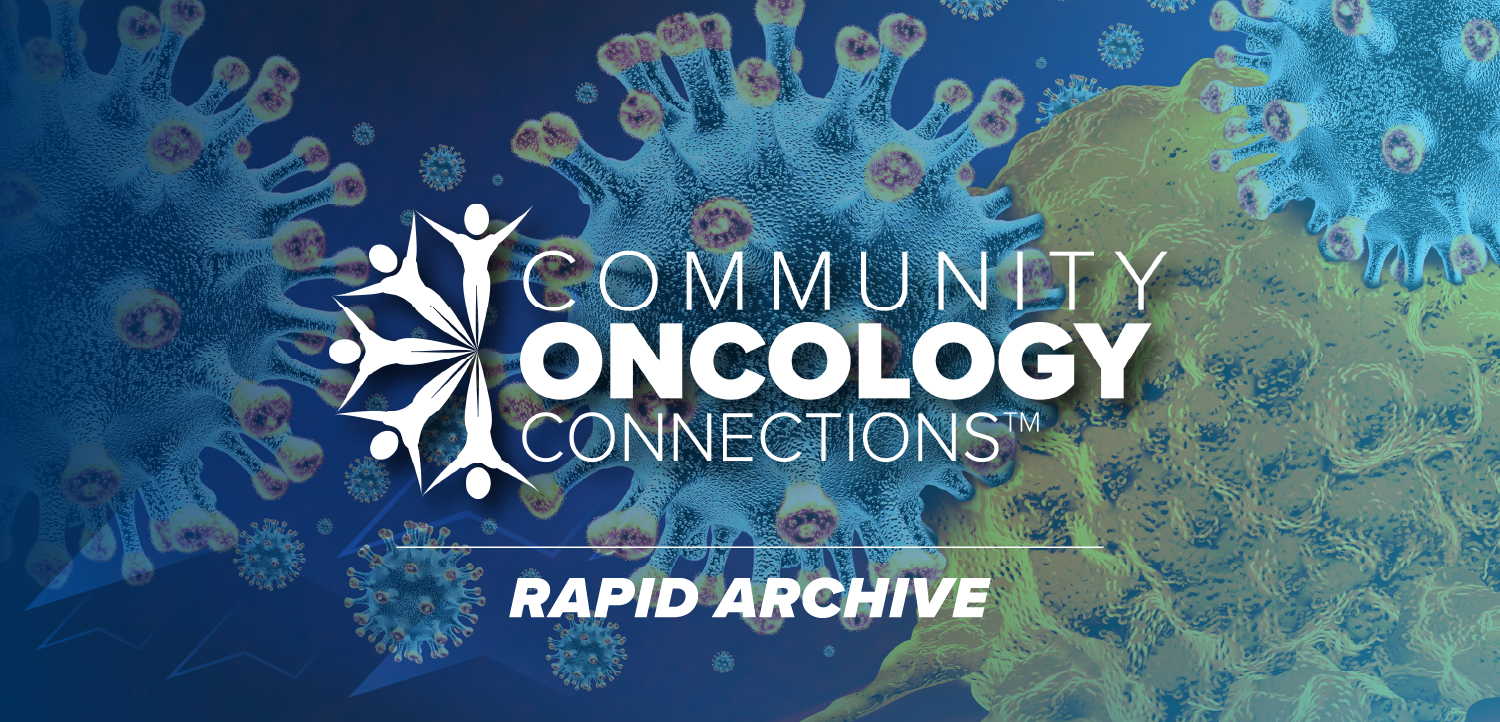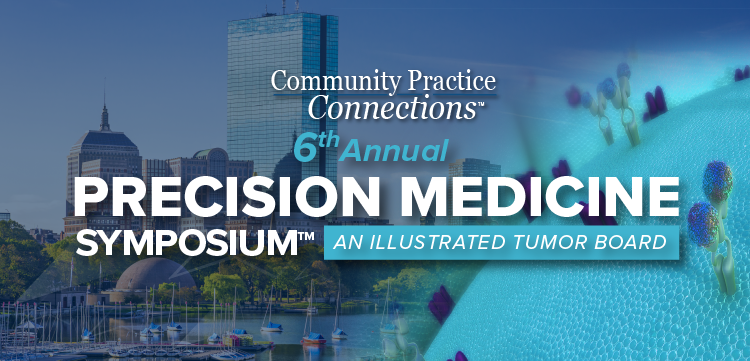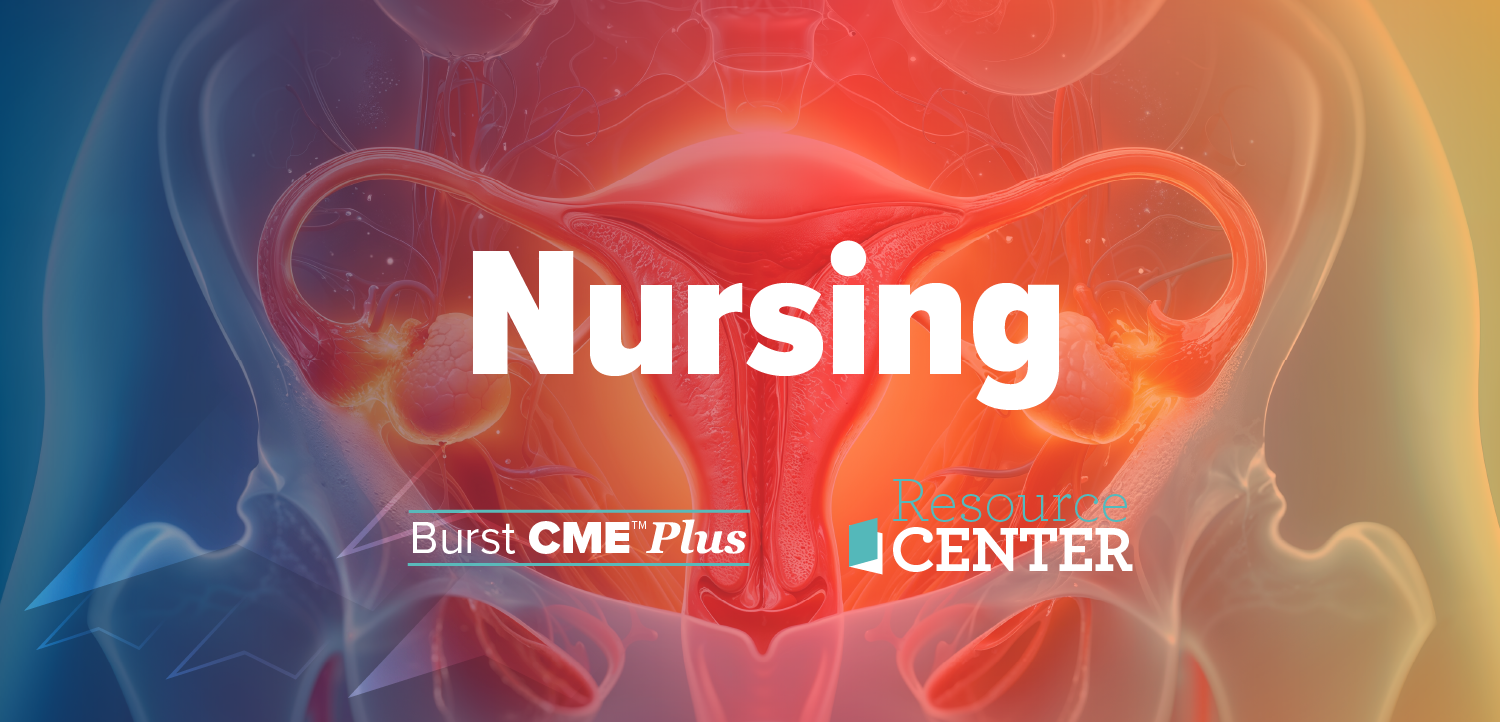
NCI Genomic Analysis May Refine DLBCL Therapy
“The core message is that DLBCL can no longer be viewed as a single disease,” explained senior author Dr. Louis M. Staudt, Director of NCI’s Center for Cancer Genomics.
There may be a better way to identify which patients with diffuse large B-cell lymphoma (DLBCL) will respond to targeted therapies. A study by National Cancer Institute (NCI) researchers
“Our new study used four of the most current genomic technologies to identify genetic changes in the genome of DLBCL tumor biopsies, with the hope of refining the classification of DLBCL. We defined a genetic subtype of DLBCL as a group of tumors that acquire many of the same genetic abnormalities,” said lead study investigator Louis M. Staudt, MD, PhD, Director of the Center for Cancer Genomics at NCI.
It is unknown why some lymphomas of this type respond to treatment and others do not. The standard of care is a combination of chemotherapy plus rituximab. Currently, patients are categorized into two major subgroups of DLBCL that arise from different cells of origin and different patterns of gene activity. Patients with activated B-cell–like (ABC) DLBCL have about a 40% survival rate, while those with germinal center B-cell–like (GCB) DLBCL have about a 75% survival rate.
The researchers discovered two genetic subtypes that are primarily subsets of ABC DLBCL. Dr. Staudt said one is a subset of GCB DLBCL and the other is an entirely new entity that draws membership from ABC, GCB, and unclassified DLBCL. “We view these genetic subtypes as distinct cancers that most likely arise from different stages of normal B-cell differentiation and acquire a stereotypical suite of genetic aberration to become malignant,” Dr. Staudt told Cancer Network. “This genetic classification revealed striking differences in 5-year overall survival, ranging from 26% in the worst subtype to 68% in the best.”
The investigators performed a multiplatform analysis of genomic alterations and gene expression on tumor samples from 574 patients with DLBCL. The analysis identified four prominent genetic subtypes that each share a group of genetic aberrations. Patients with two of the subtypes (BN2 and EZB) responded well to treatment, while those with the other two (MCD and N1) did not. Some of these subtypes can be found in both ABC and GCB subgroups, so a patient could, for example, have ABC DLBCL (the gene expression profile with the lower survival rate) but could also have the BN2 genetic subtype that responds well to chemotherapy.
Dr. Staudt explained that genetic abnormalities in each genetic subtype may help predict how a patient will respond to targeted therapies, such as ibrutinib and acalabrutinib, agents that inhibit the B-cell receptor signaling pathway. “The core message is that DLBCL can no longer be viewed as a single disease, and that implementing more precise methods of molecular diagnosis will lead to better treatment strategies for these aggressive lymphomas,” he said.
Newsletter
Stay up to date on recent advances in the multidisciplinary approach to cancer.


